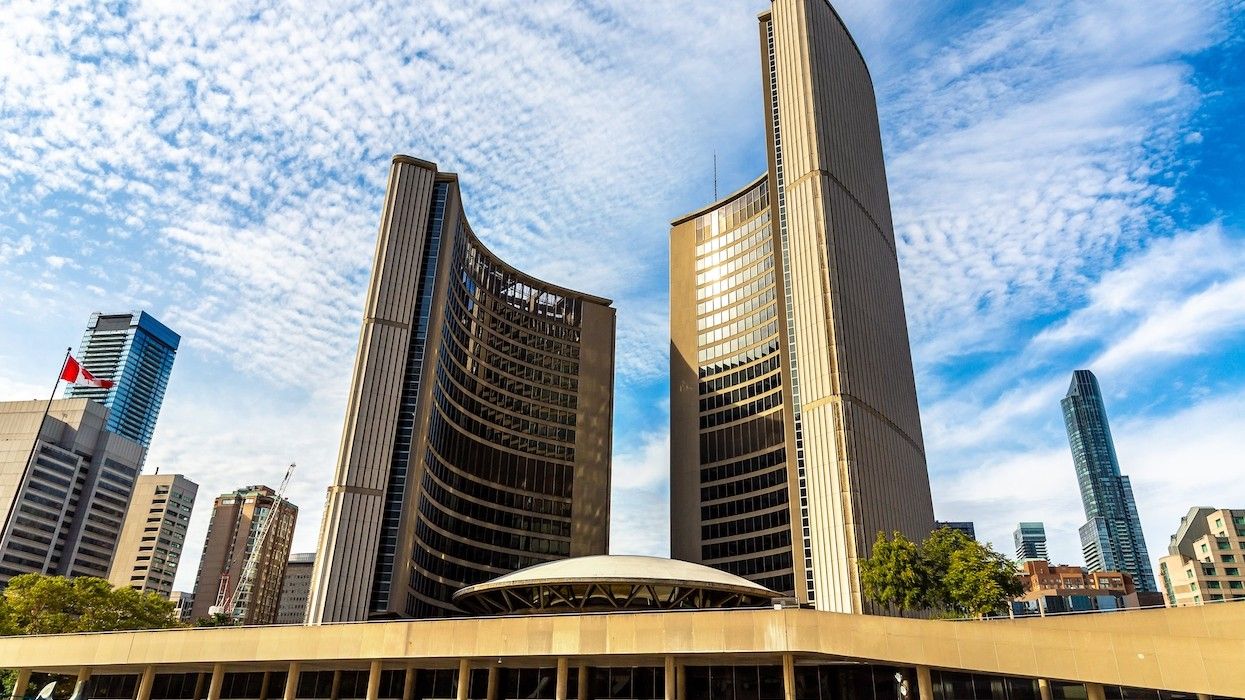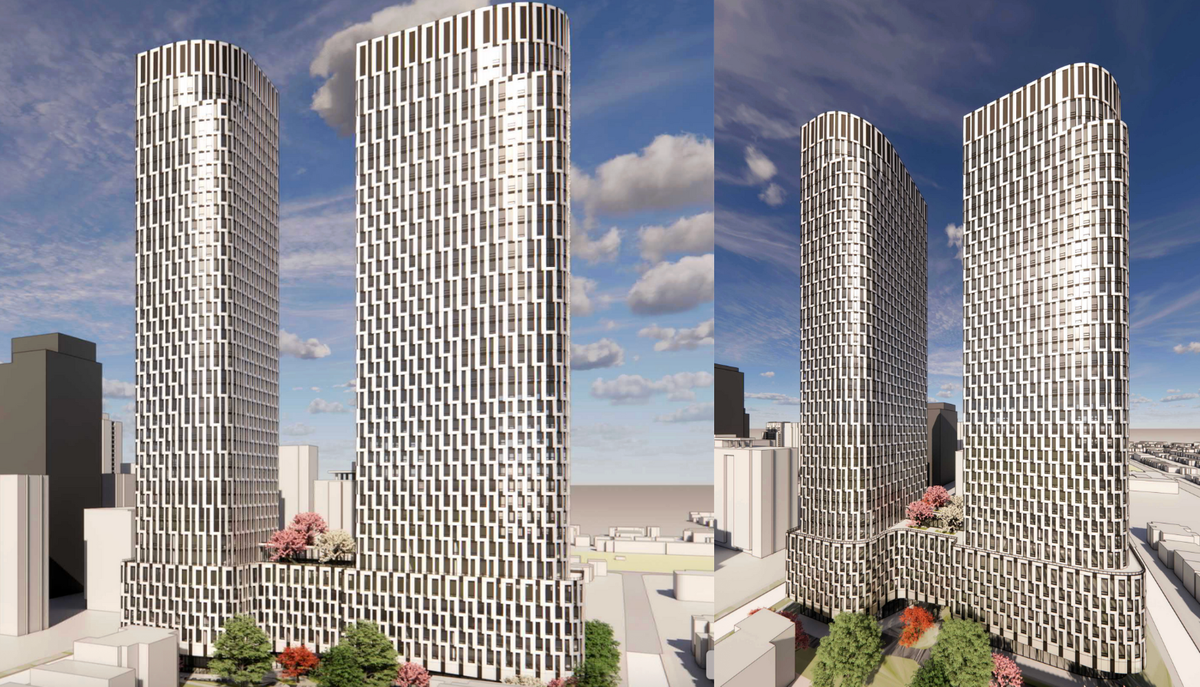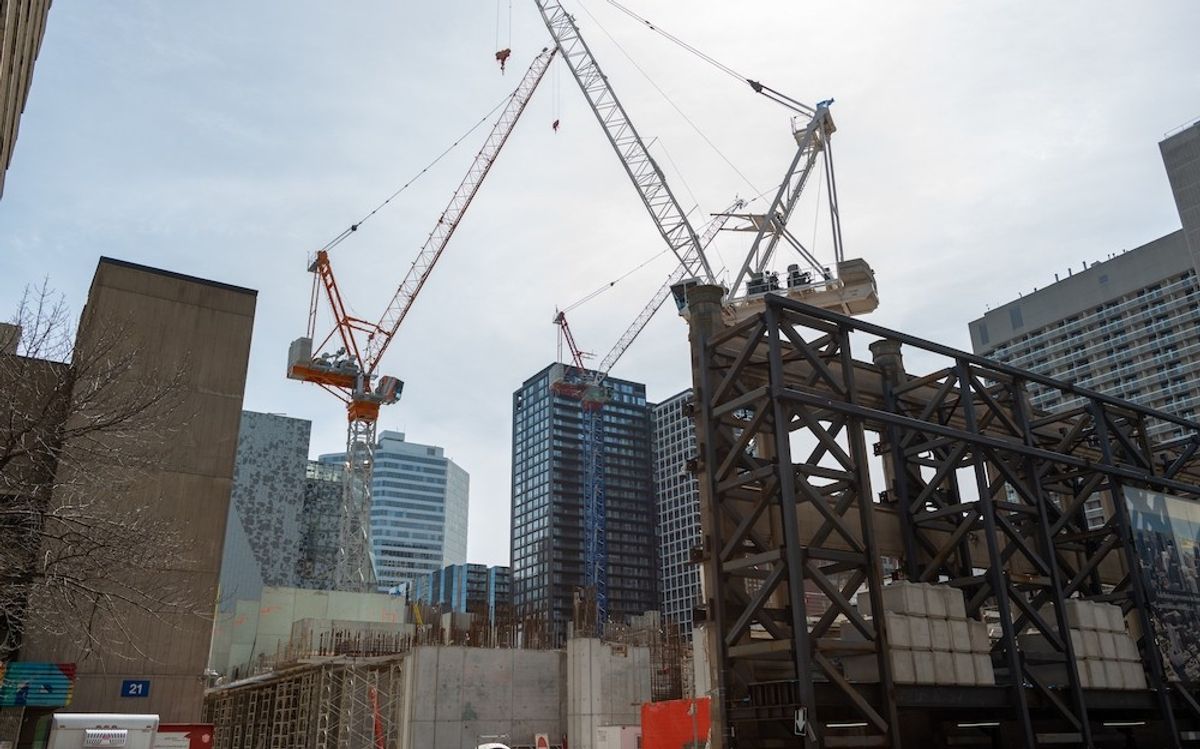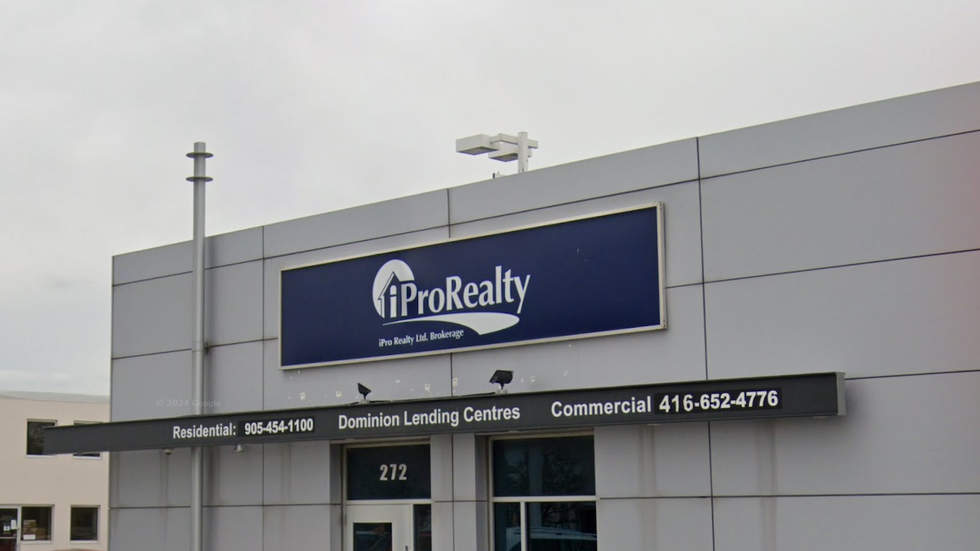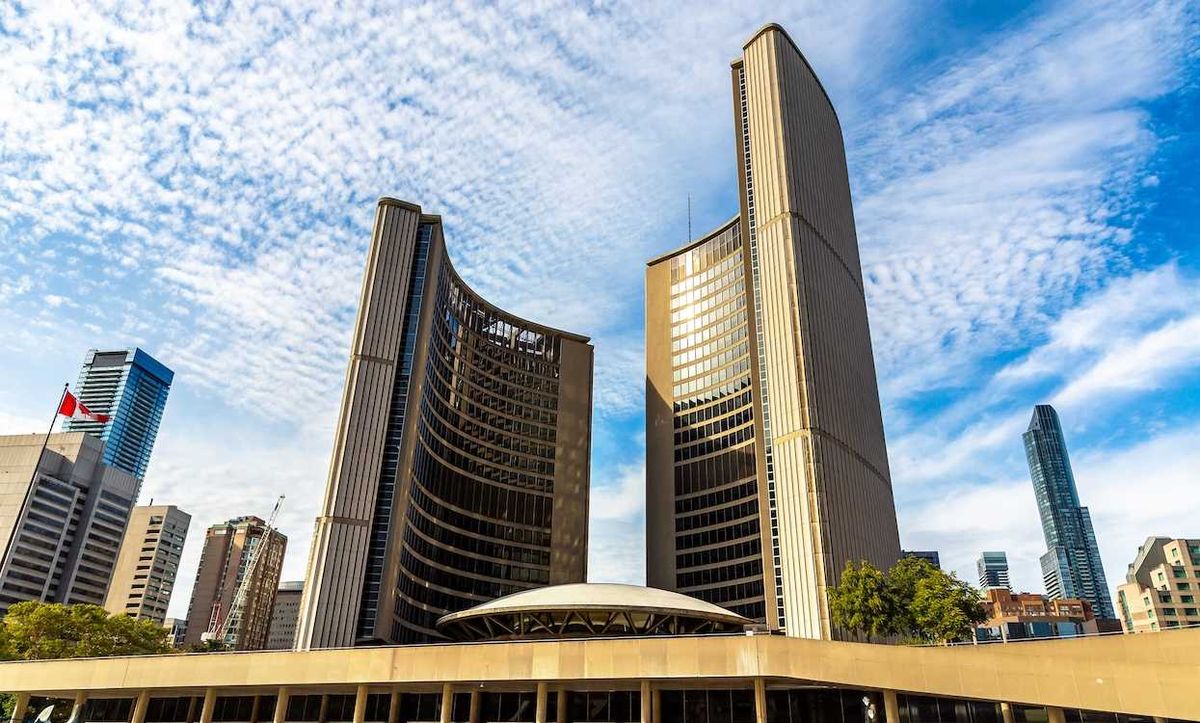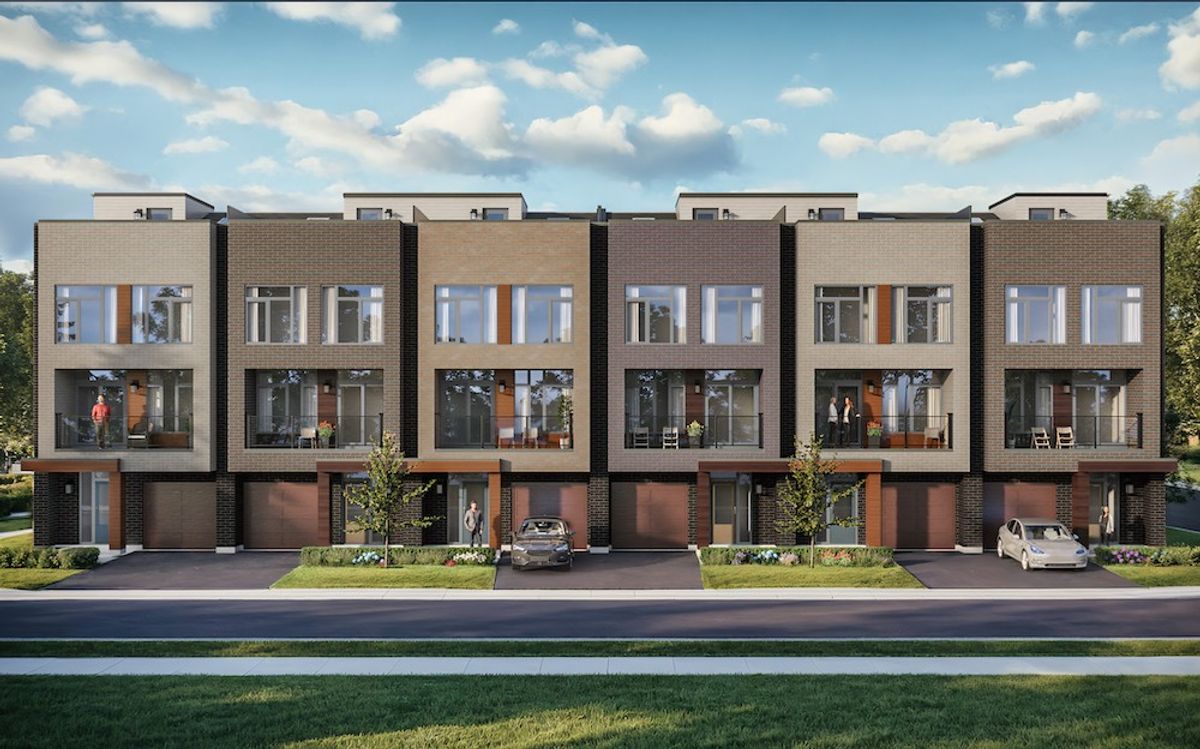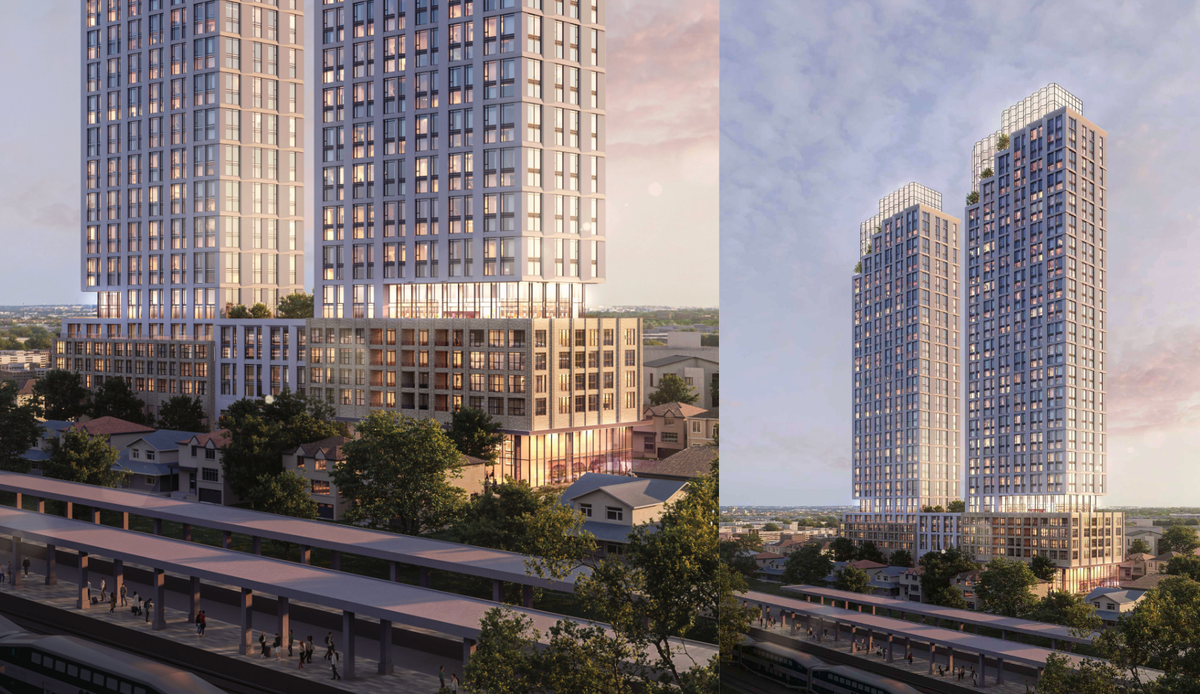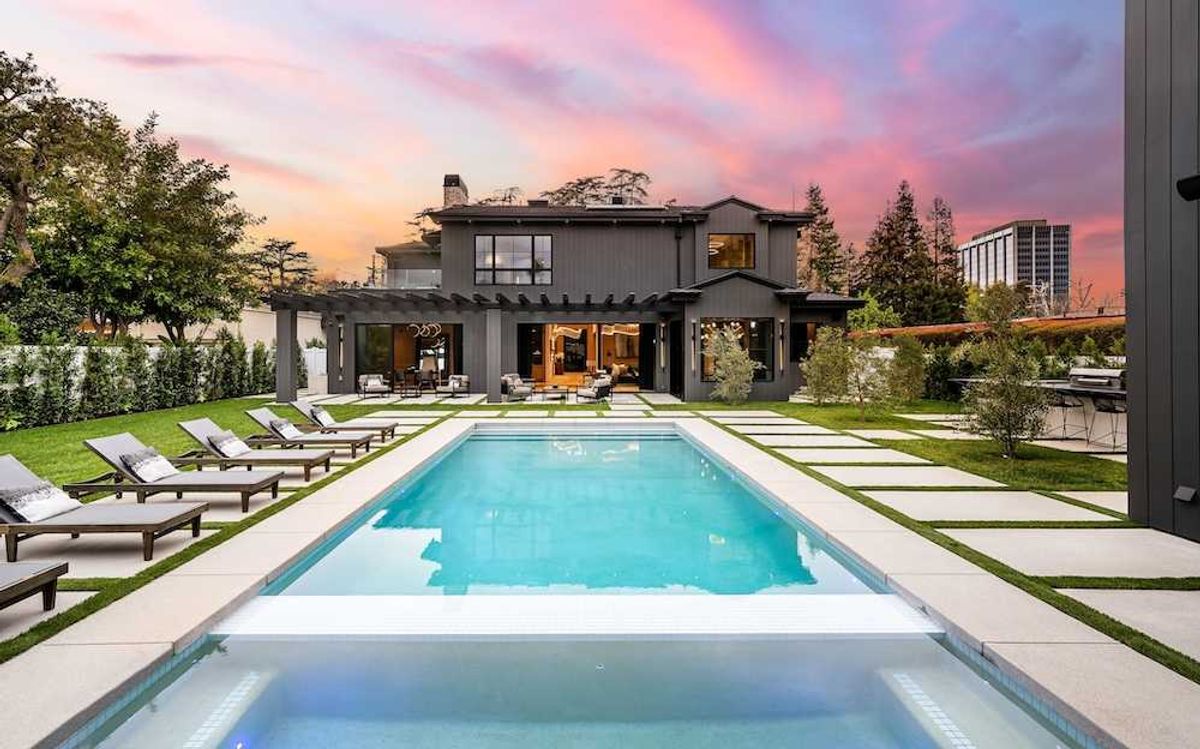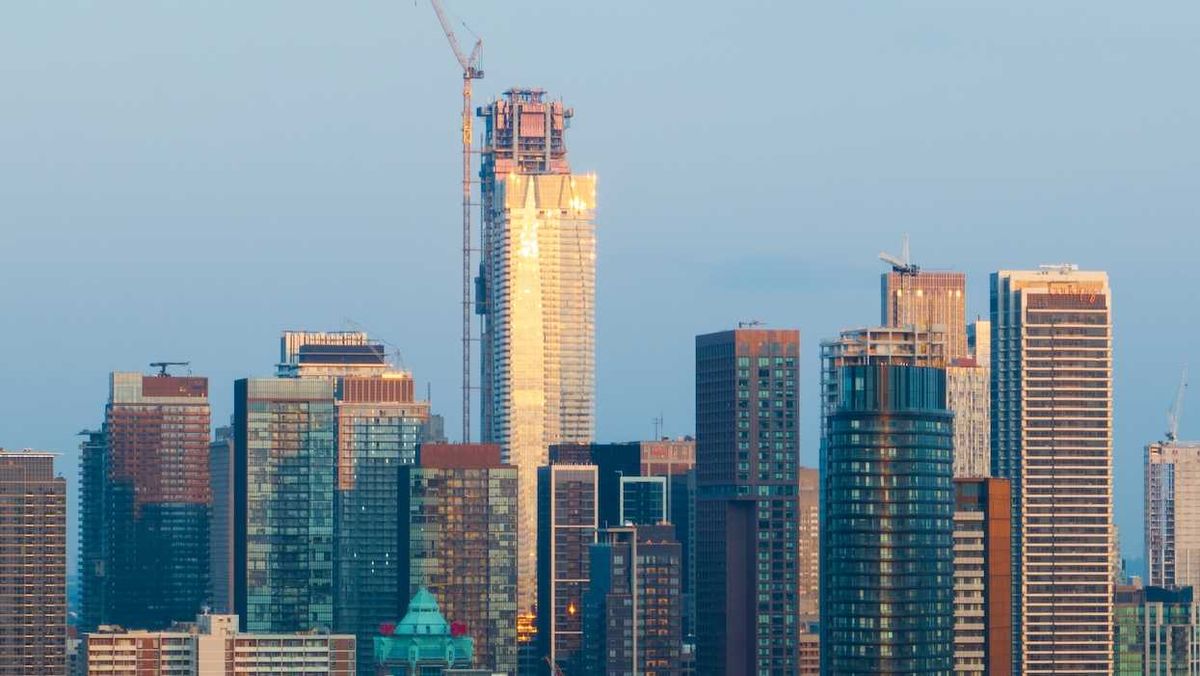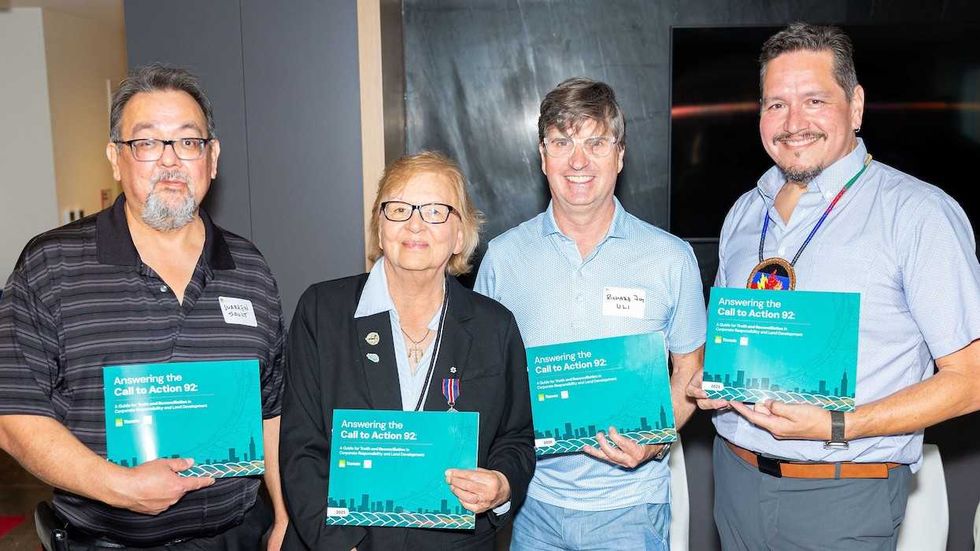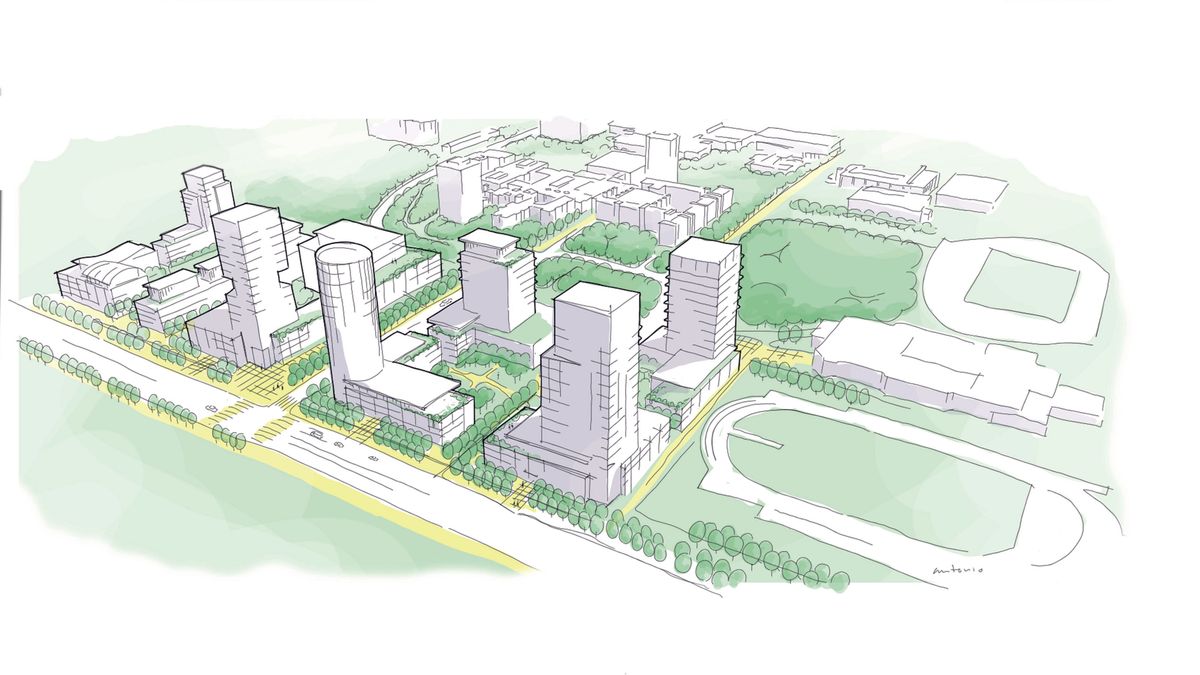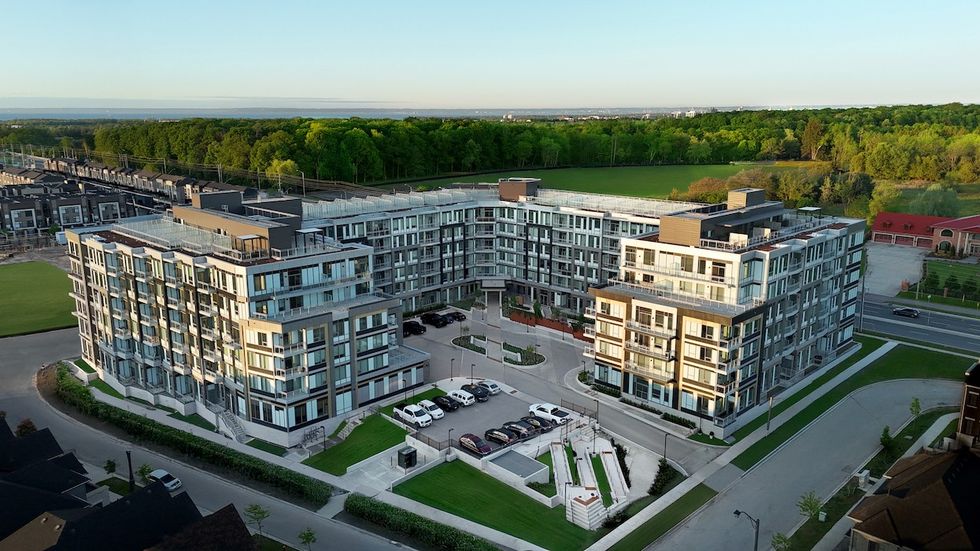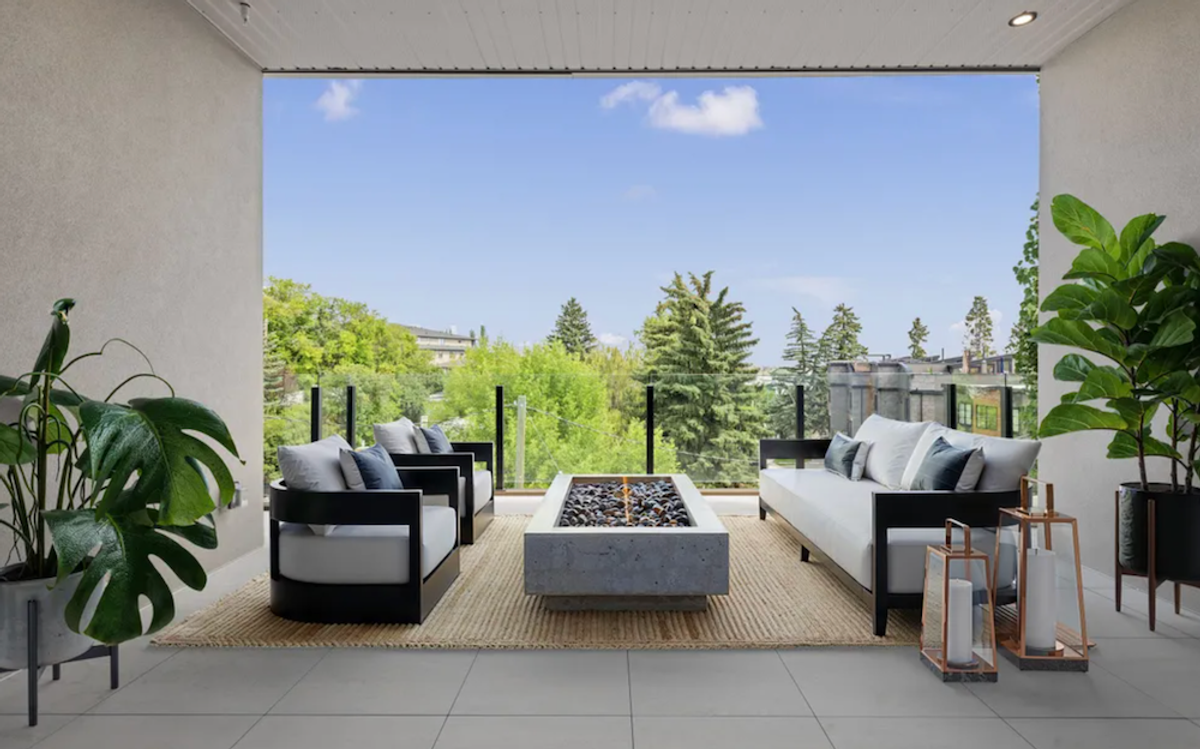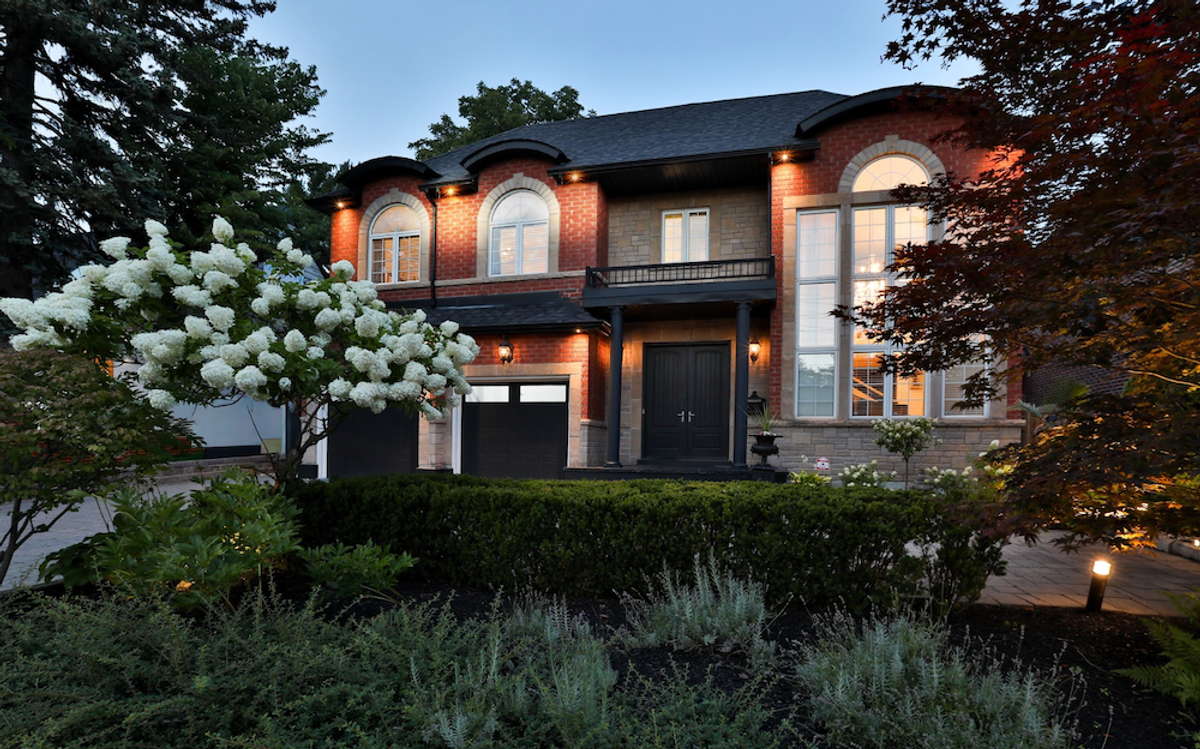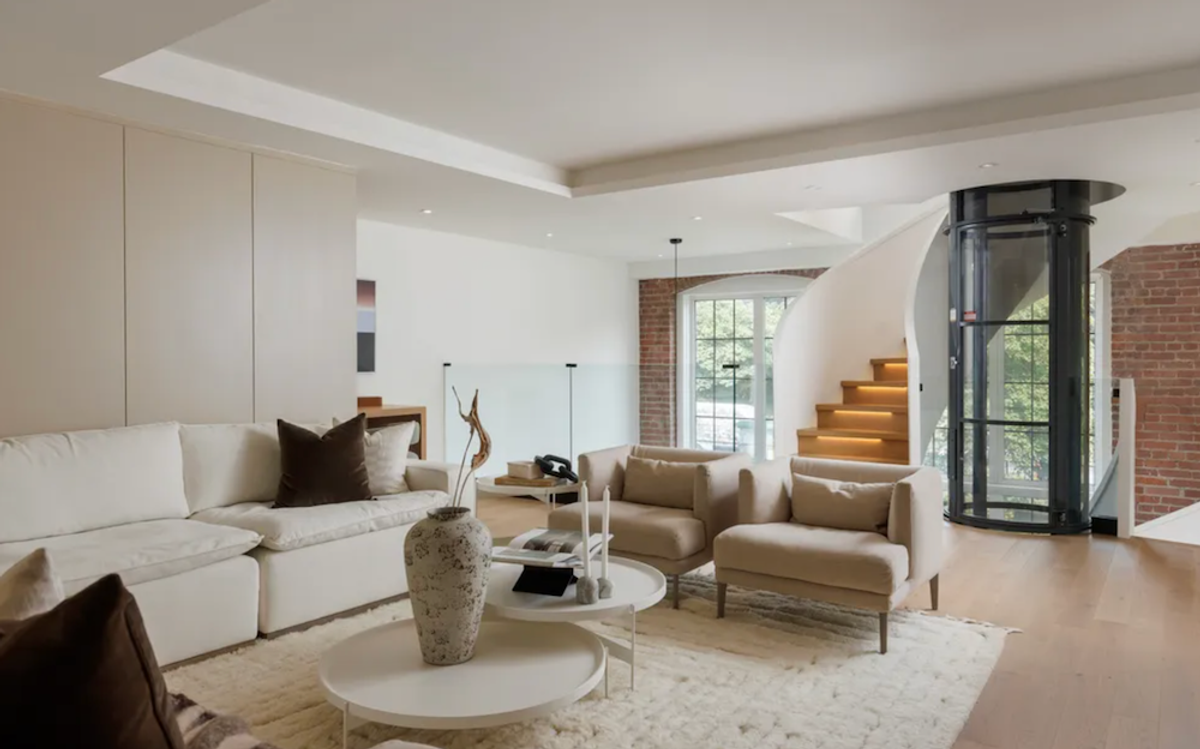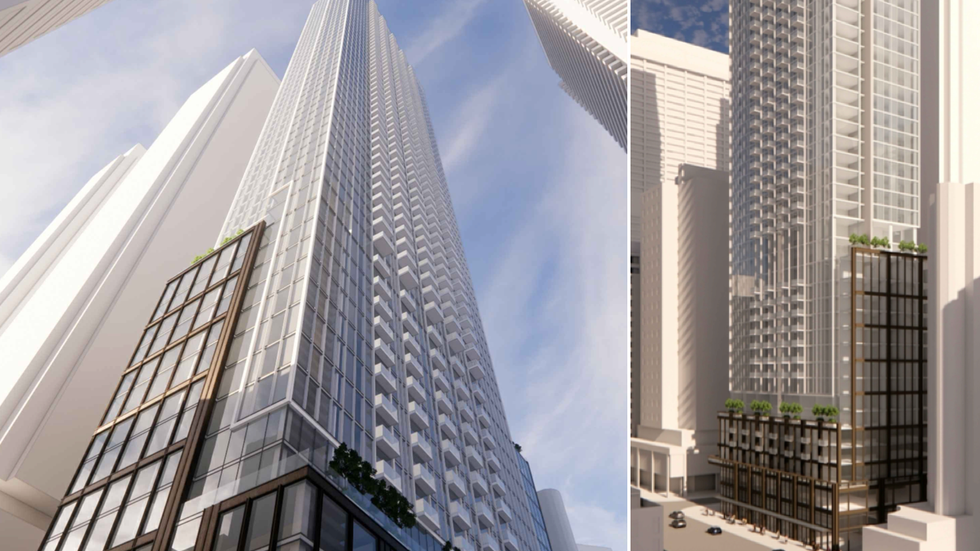Tomorrow is set to be an action-packed day for Toronto’s Planning and Housing Committee, which meets once a month in advance of City Council and acts as a conduit of sorts for housing-related reports and initiatives. This month’s agenda is particularly striking, and includes a series of recommendations aimed at diversifying and expanding housing options in areas already supported by public infrastructure, such as transit.
The agenda also reflects Toronto’s growing emphasis on gentle density — a discussion that has significantly evolved since the launch of the Expanding Housing Options in Neighbourhoods (EHON) initiative under former Mayor John Tory in 2018. According to a Neighbourhood Intensification Research Bulletin included in the agenda, an estimated 54,600 homes by 2031 and up to 163,785 homes by 2051 could be delivered through laneway and garden suites, multiplexes, and housing along major streets — all EHON initiatives — alone.
Here's what's on the docket for tomorrow's meeting.
Updated Zoning For Fourplexes
More than two years after fourplexes were legalized as-of-right across Toronto, the Planning and Housing Committee will review a series of proposed amendments to fourplex zoning. These changes are informed by a staff report evaluating the implementation and effectiveness of the existing zoning permissions. “City Council’s direction was to report on monitoring outcomes upon issuance of 200 building permits for multiplex buildings. This milestone was reached in November 2024, approximately 18 months after the city-wide permissions were adopted by City Council,” says the report going to the Committee. “Staff undertook a detailed review of 222 building permits, with the majority issued between May 2023 and July 2024. This included an in-depth analysis of the permit plans for each building.”
A few of the proposed revisions laid out in the report include allowances for semi-detached fourplexes — characterized by building on two lots with four units on each side — allowances applicants to submit plans for a fourplex and a garden suites simultaneously, and a cap on the number of bedrooms per building is proposed to differentiate between multiplexes and multi-tenant houses.
City-Wide Sixplex Allowances
In early February, City Council gave the green light for a sixplex pilot program in Scarborough North. The approval of the pilot came with the expectation that the allowances for five- and six- unit multiplexes would be extended to all of Toronto by the end of the year. Notably, city-wide allowances were a key component in Toronto’s $471-million Housing Accelerator Fund agreement.
The final report that will be discussed at tomorrow’s Planning and Housing Committee meeting describes a zoning bylaw amendment that would enable fiveplex and sixplex development in low-rise detached residential buildings in the R (Residential), RD (Residential Detached), RS (Residential Semi-Detached), RT (Residential Townhouse), and RM (Residential Multiple) zones. “This includes the permission to develop a new detached residential building with five or six dwelling units, and to convert an existing detached house to contain five or six dwelling units while maintaining the form of the existing building,” the report says.
City-Wide Zoning For Apartment Infill
In an effort to open up existing apartment sites for intensification, Toronto is looking to adjust its zoning bylaw to allow for more infill housing. This change would take the city away from its post-war ‘tower-in-the-park’ typology, and could apply to as many as 5,000 sites across the city, which are already well supported by public infrastructure.
Like the sixplex item, the Apartment Infill Study reflects Toronto’s commitments to the Housing Accelerator Fund, and recommends “zoning amendments to enable additional housing on existing apartment sites by permitting townhouses on sites zoned Residential Apartment Commercial” and “the conversion of certain underutilized common spaces into residential dwelling units.” It further recommends allowances to “enable overcladding associated with deep energy retrofits” of aging apartment buildings. The study report notes that the proposed zoning changes would help to optimize development opportunities for infill buildings on lots that are irregularly shaped and simplify the process for property owners interested in infill development.
Phase Two Of Avenues Policy Review
At the same February meeting that saw the Ward 23 sixplex pilot approved, City Council also endorsed the first comprehensive update to Toronto’s Avenues policies in 20 years — a move that added 283 kilometres of new Avenues to the city’s urban structure through an official plan amendment. That marked the completion of the first phase of the policy review. The second phase is now underway, with a goal of expanding as-of-right zoning for mid-rise buildings along Avenues.
According to the report heading to the Committee, Phase Two will unfold in three stages, each approximately nine months in duration. The first stage will involve a focused study of Ward 9—Davenport and Ward 11—University–Rosedale, alongside a separate study covering the remaining Avenues in Toronto and East York. The second stage will examine wards containing significant Major Transit Station Areas (MTSAs), with priority given to those with subway and LRT stations. The third and final stage will focus on wards with fewer MTSAs.
